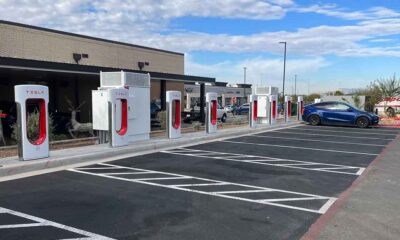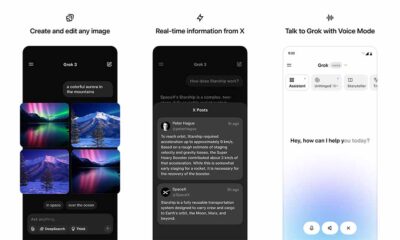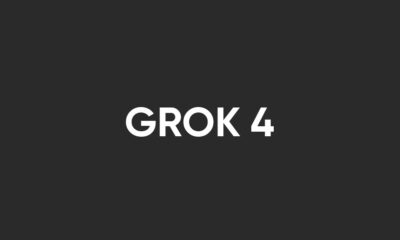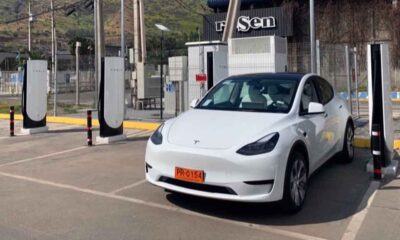Space
Boeing Starliner crew flight test delayed indefinitely
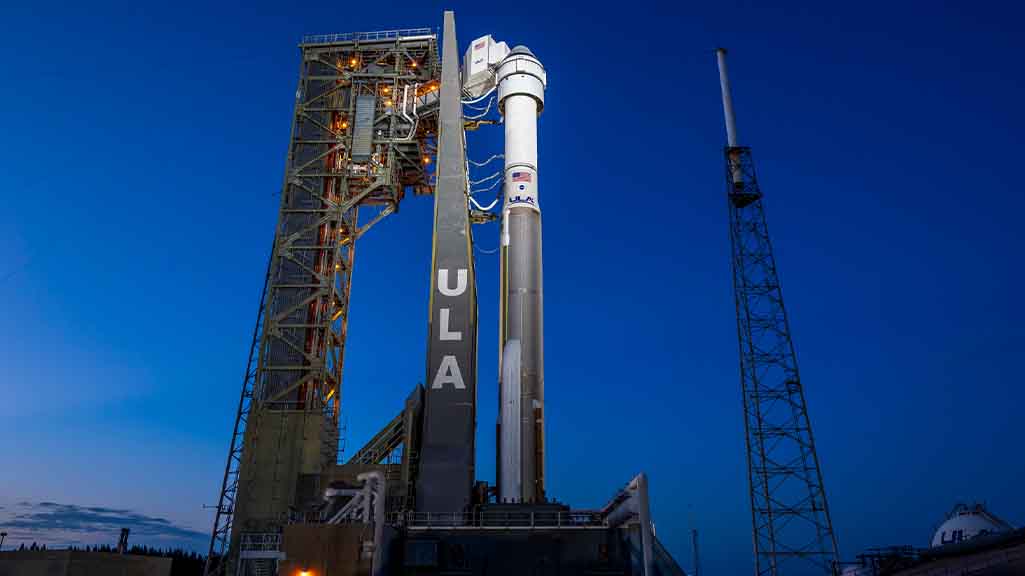
Boeing Starliner Crew Flight Test is now delayed indefinitely as the United Launch Alliance (ULA) and NASA keep on working on the Spacecraft’s helium leak issue that occurred after the first liftoff attempt.
In a flight update sent to media personnel, NASA confirmed that all involved parties are forgoing the Saturday, May 25 launch attempt.
Starliner is a spacecraft designed to carry astronauts to space for commercial crew flights. The company first attempted a crew test flight on May 6. However, the launch was scrubbed more than two hours before the liftoff.
The initial scrub comes as launch control detected anomalous behavior by the pressure regulation valve in the liquid oxygen tank of the Atlas V’s Centaur upper stage. The stage was analyzed by engineers who decided to replace the concerning part. Then, ULA replaced the Centaur liquid oxygen self-regulating valve and estimated a new launch time of May 17.
On May 14, ULA fixed the pressure regulation valve and performed re-pressurization, system purges, and a test run new valve. But a new issue appeared on the Starliner spacecraft. The launch team detected a helium leak in the service module traced to a flange on a single reaction control system thruster.
Helium is used in spacecraft thruster systems to allow the thrusters to fire and is not combustible or toxic.
Solution
NASA and Boeing said to develop a test run solution to check the spacecraft’s behavior and address the issue. Boeing will bring the propulsion system up to the flight pressurization similar to before launch procedure.
Then it will allow the helium system to vent naturally to validate existing data and stabilize flight rationale. Mission teams are working on a review of the spacecraft’s condition.
Delay
In an update posted on May 17, Boeing said the Starliner launch test will require an additional test period. It is related to the spacecraft closeout process and flight rationale to achieve liftoff. The trio – Boeing, NASA, and ULA gave a new launch date of May 25.
Indefinite delay
NASA today confirmed that the team is still working on the testing, system performance, and redundancy.
“There is still forward work in these areas and the net possible launch opportunity is still being discussed.” wrote NASA.
The launch could come as soon as the problem gets resolved but there are no estimated dates announced this time.
(source)

